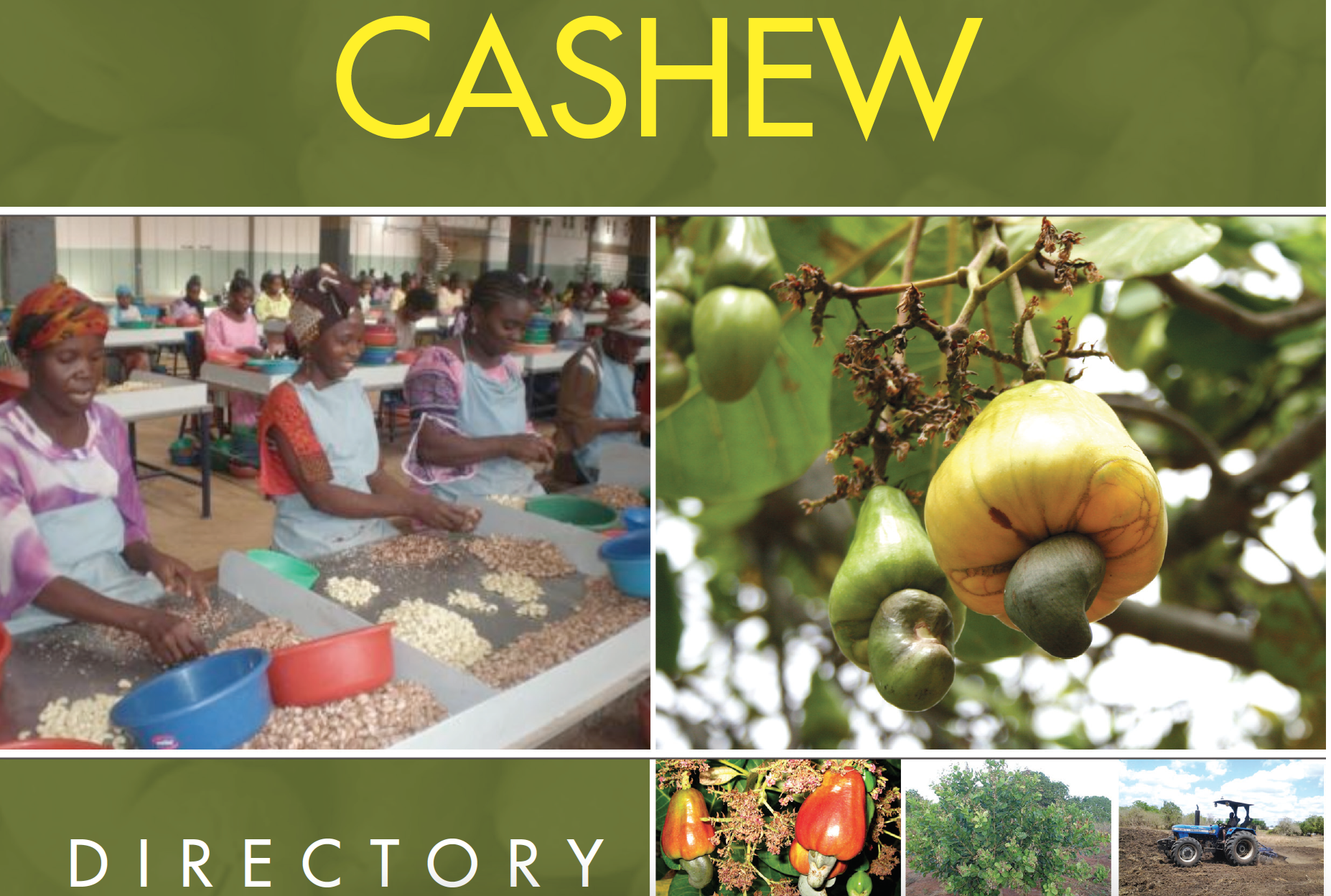By Rahel Pallangyo
In a remarkable display of agricultural success, cashew farmers in the Lindi region of Tanzania, spanning the districts of Ruangwa, Nachingwea, and Liwale, have reported a staggering 100 billion Tanzanian Shillings in revenue from the recent harvesting season. This feat, largely attributed to the innovative warehouse receipt system, marks a significant milestone in the region’s agricultural history.
Emmanuel Wilbard, the Marketing Manager of the Runali Primary Cooperative Society, in an exclusive telephonic interview with HabariLEO, revealed that this extraordinary revenue is the outcome of an impressive 53,555,229 kilograms of cashews collected from local farmers. This figure surpasses the initial target of 50 million kilograms set for the 2023/24 season, reflecting a remarkable surge in productivity and efficiency.
The increase is even more pronounced when compared to the 2022/23 season, which saw a collection of 42,440,359 kilograms. This 21% hike in cashew production is not merely a result of favorable weather conditions but is a direct consequence of the farmers’ access to early inputs and the successful implementation of a campaign dedicated to farm maintenance and the cultivation of new cashew trees.
A significant contributor to this success story is the proactive approach of Tanzania’s sixth-phase government, led by President Samia Suluhu Hassan. The government’s role in facilitating the timely and ample provision of subsidized farming inputs has been pivotal in realizing this agricultural boom.
Delving deeper into the dynamics of this success, Wilbard emphasized the synergistic collaboration between the Runali Society and the Tanzanian government. This partnership focused on the distribution and management of subsidized inputs, directly translating into heightened cashew production.
“The right time, the right quantity, and the right message to farmers about the importance of producing quality cashews have been our mantra,” Wilbard stated. He highlighted how this strategic approach not only increased the quantity of the harvest but significantly uplifted its quality.
This agricultural triumph has cascading benefits: farmers enjoy better prices for their cashews, the Runali Society reports substantial profits, and the government’s revenue from the sector has seen a noteworthy increase. This story is not just about the numbers; it’s a testament to the potential of strategic partnerships, government support, and the relentless spirit of Tanzanian farmers in overcoming challenges and seizing opportunities in agriculture.
Background Information on the Tanzanian Cashew Industry
The cashew industry in Tanzania, a significant subsector of the country’s agricultural landscape, has a rich history and plays a vital role in the national economy. Here’s a brief overview:
- Historical Context: Introduced during the colonial era, cashew cultivation in Tanzania has evolved over the decades. Post-independence, the government recognized its potential and invested in its development, making it one of the country’s key export crops.
- Geographical Distribution: The cashew industry is predominantly located in the southern regions of Tanzania, especially in Mtwara, Lindi, and the coastal regions. These areas provide the ideal climatic conditions for cashew cultivation.
- Economic Impact: Cashews are among Tanzania’s leading cash crops and a significant source of foreign exchange earnings. The industry supports the livelihoods of thousands of smallholder farmers and contributes to the country’s GDP.
- Production and Quality: Tanzanian cashews are known for their quality, attributed to the traditional farming methods and favorable natural conditions. However, challenges in quality control and processing capacity have been areas of focus for improvement.
- Government Initiatives and Support: The Tanzanian government has implemented various policies and programs to support the cashew industry. These include research and development initiatives, provision of farming inputs, and infrastructural improvements. Subsidies for inputs and government-led campaigns for improving farming practices have been crucial in boosting production.
- Market Dynamics: The industry has seen fluctuations in production and prices due to factors like global market demand, weather conditions, and internal policy changes. Efforts have been made to stabilize the market and provide better support systems for farmers.
- Challenges and Opportunities: While the sector faces challenges such as fluctuating market prices, limited processing facilities, and climate change impacts, there are significant opportunities for growth through increased investment in processing, value addition, and exploration of new markets.
The cashew subsector in Tanzania is a dynamic and vital part of the agricultural economy, offering significant potential for growth and development. The recent success in cashew production, as exemplified by the achievements in the Lindi region, highlights the industry’s resilience and potential as a cornerstone of Tanzania’s agricultural sector.
